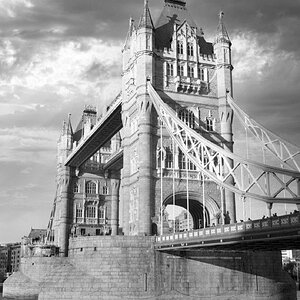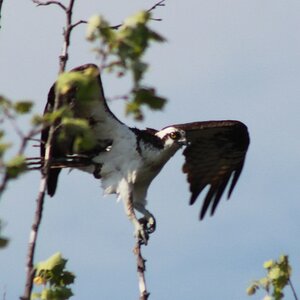RossCampbell
TPF Noob!
- Joined
- Nov 2, 2012
- Messages
- 12
- Reaction score
- 0
- Location
- South Africa
- Website
- www.rosscam.co.za
- Can others edit my Photos
- Photos NOT OK to edit
Hey Guys. This Is my first post, so I'll introduce myself, I am Ross Campbell, been photographing for a few months, interested in wildlife, landscape, macro, and bird photography.
Now for the question:
I've been wondering what macro techniques work best, whether its a reversed lens, extension tubes, bellows or just a macro lens.
Lately I've been using the reverse-lens macro technique to get my macro shots, which has its pros and cons. With my 18-55mm set on 18mm, reverse on my EOS 550D, i can get VERY close to my subject. The problem with this technique is that the lens is no longer communicating with the camera since it's in backwards.
I will be buying extention tubes soon, and i will be using it on a 50mm prime. I know i won't be able to get as close to my subject with this technique, but i will still be able to control my aperture because the lens is talking to the camera. Or should I just save up for a macro lens and reduce the trouble?
Some of my Macro shots here Ross Campbell Photography | Purchase Photos For Print On Canvas
Appreciate Reply's
Now for the question:
I've been wondering what macro techniques work best, whether its a reversed lens, extension tubes, bellows or just a macro lens.
Lately I've been using the reverse-lens macro technique to get my macro shots, which has its pros and cons. With my 18-55mm set on 18mm, reverse on my EOS 550D, i can get VERY close to my subject. The problem with this technique is that the lens is no longer communicating with the camera since it's in backwards.
I will be buying extention tubes soon, and i will be using it on a 50mm prime. I know i won't be able to get as close to my subject with this technique, but i will still be able to control my aperture because the lens is talking to the camera. Or should I just save up for a macro lens and reduce the trouble?
Some of my Macro shots here Ross Campbell Photography | Purchase Photos For Print On Canvas
Appreciate Reply's
Last edited:


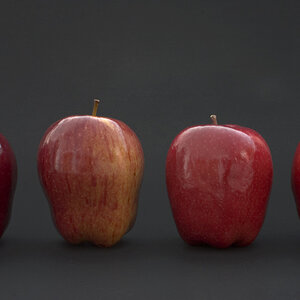
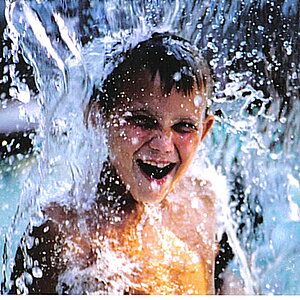

![[No title]](/data/xfmg/thumbnail/36/36673-19735e6d336c221f19091dde4a33c534.jpg?1619737676)
![[No title]](/data/xfmg/thumbnail/36/36675-f6965e1e6c1fa2be4ff0460e9657fe99.jpg?1619737676)
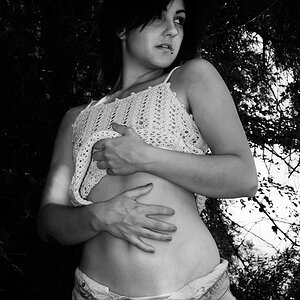
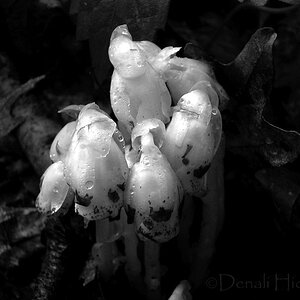
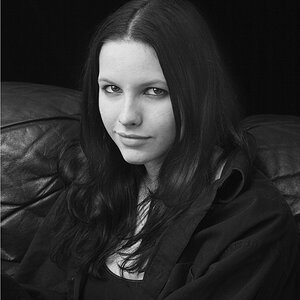
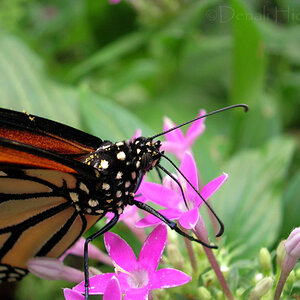
![[No title]](/data/xfmg/thumbnail/37/37602-1ef8dbb1c2d0e4ff347ee65d328c3603.jpg?1619738147)
